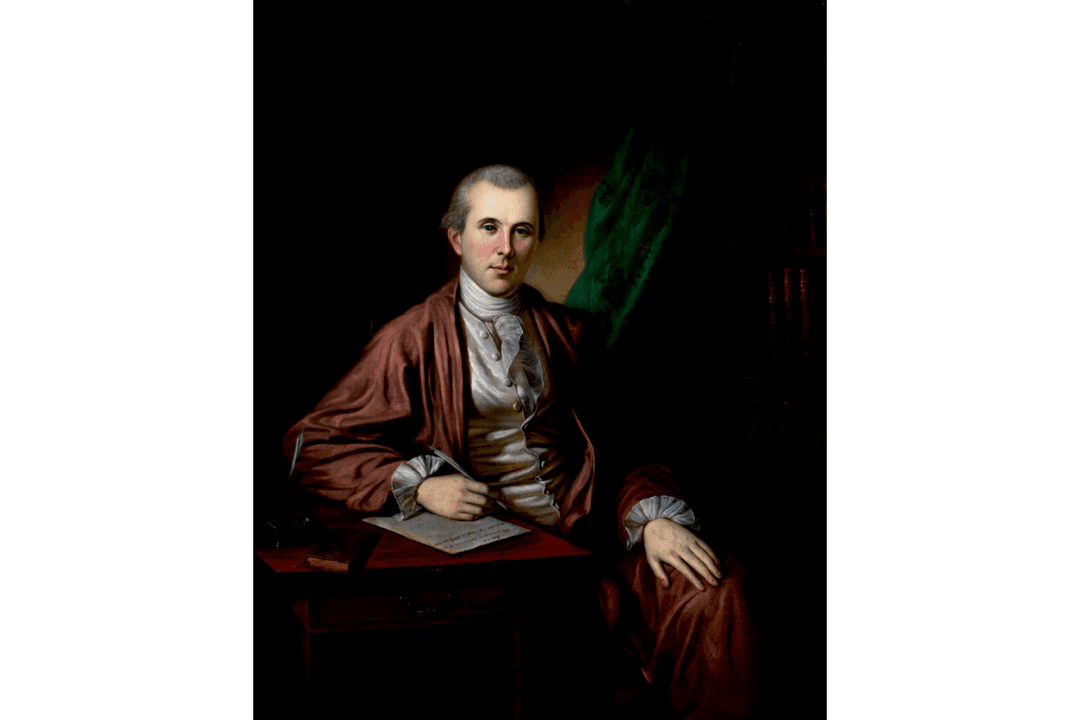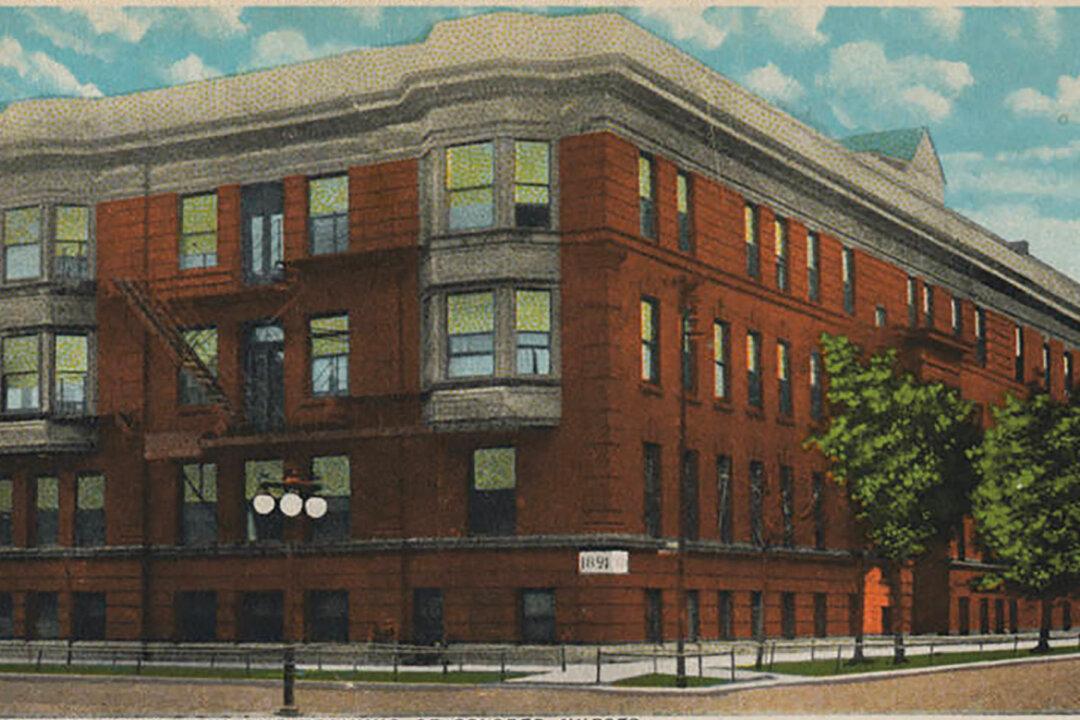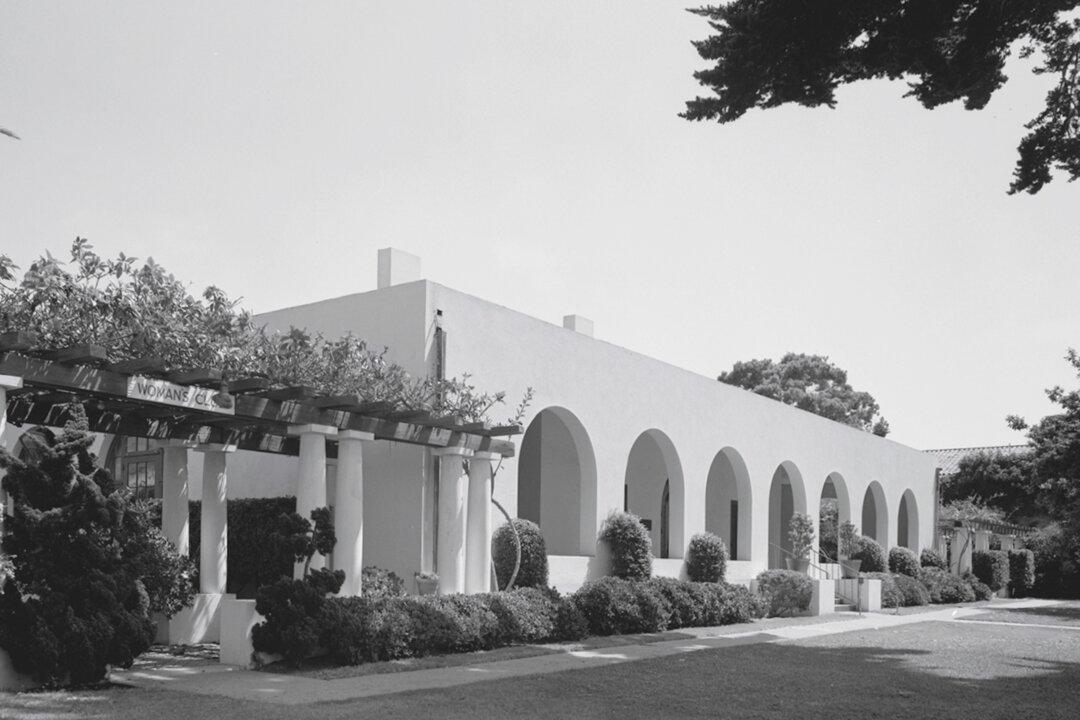The telegraph revolutionized communication in 1844, and inventors everywhere raced to improve upon it. In November 1874, Alexander Graham Bell wrote to his parents about his efforts to invent a machine that could transmit spoken words before his rival, Elisha Gray.
“It is a neck and neck race between Mr. Gray and myself who shall complete our apparatus first. He has the advantage over me in being a practical electrician—but I have reason to believe that I am better acquainted with the phenomena of sound than he is—so that I have an advantage there.”





